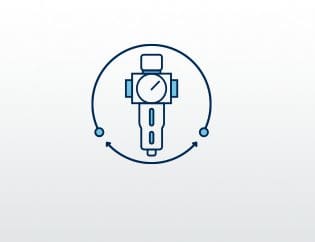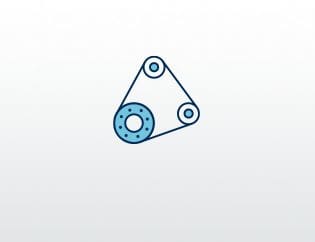Joints and ends
Their internal geometry makes them particularly suitable for offsetting misalignment that can transpire between two parts of the machine shaft and the support, or where there are regular overturning or oscillating movements at relatively low sliding speeds.
Ball joints and rod ends were originally used almost exclusively in aeronautical constructions. Recent developments in anti-wear surface treatments and the resulting increase in lifetime have opened these products up to new fields of application, which are increasingly vast and different to the aeronautical industry. The generally different operating conditions of machinery that is used for construction, vehicles and coupled equipment, and the need to withstand increasingly higher loads and be maintenance-free, have resulted in rapid progress being made in the design of ball joints. The use of new plastic materials has enabled sliding layers that make operation possible, even without lubrication.
Ball joints have different construction characteristics and the work surfaces can be made of different materials.
Ball joints that do not require maintenance are mainly used when long lifetime and operation without relubrication is required, or when operating conditions are such that ball joints with steel-to-steel coupling would be less suitable. Each of the possible arrangements has properties that make it particularly suited to certain conditions of operation. It is not possible to establish a general rule for choosing the type of ball joint to use, as usually numerous different factors have to be considered and their effect assessed.




